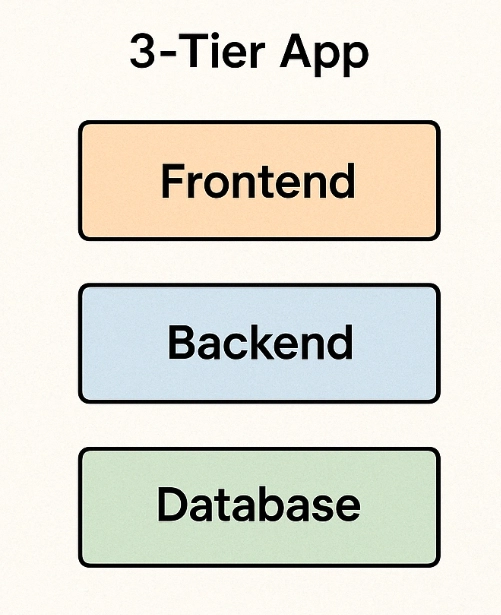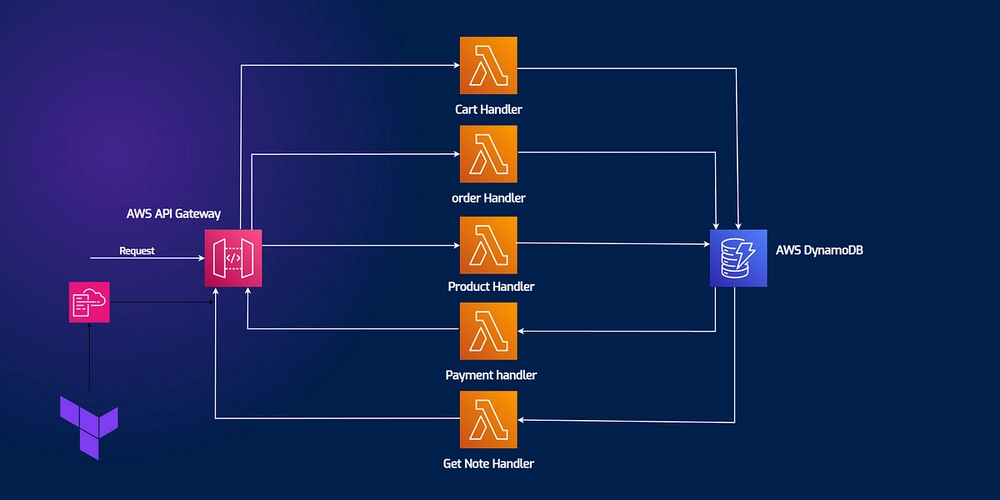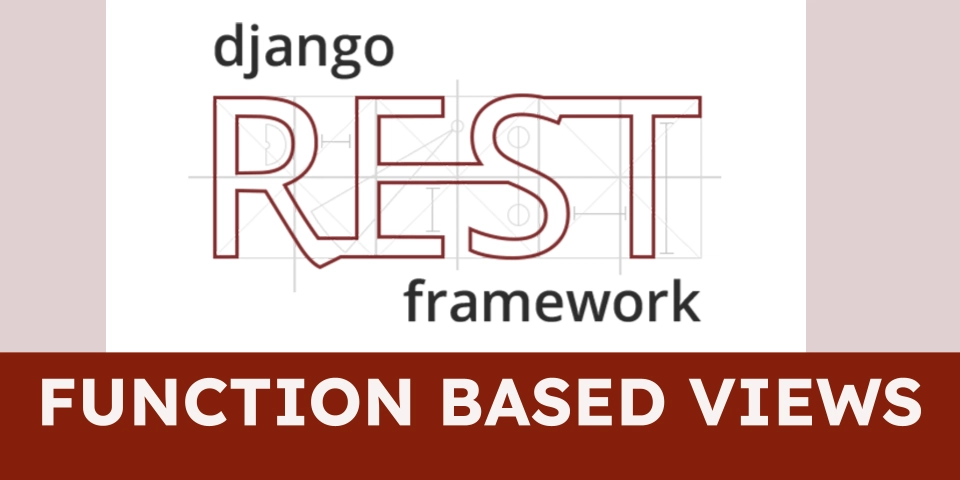AI Agents and the Future of App Development: A Beginner's Guide (101)
Software development is evolving—and fast. The latest game-changer? AI agents. These are not just fancy chatbots; they are smart digital coworkers who can think, reason, and act. If you're a developer, tech enthusiast, or just curious about the future of apps, this beginner's guide will walk you through the basics—with no jargon. 1. The Old Way of Building Apps: The 3-Tier Model Before AI came into play, most apps followed a basic three-part architecture: Frontend: The user interface (web, mobile). Backend: The logic or brain (business rules, workflows). Database: Where all the data is stored. This model worked well but had a limitation: everything had to be explicitly coded. Apps couldn't "think" or adapt—they just did what they were programmed to do. 2. Meet AI Agents: Smarter, More Flexible Workers AI agents are like intelligent digital interns. They can: Understand natural language commands. Break down vague tasks into concrete steps. Use tools (like APIs or databases) to take action. Learn and adapt from feedback. They don’t just follow strict rules—they figure things out, often in creative ways. Give them the right context and tools, and they can handle everything from customer support to DevOps. 3. Tools: Giving AI Agents Superpowers To actually perform tasks, AI agents need tools. Think of these as plugins or APIs that allow them to: Fetch data (from databases or APIs) Send notifications (via email, Slack, etc.) Perform transactions (process payments, file reports) Each tool includes: A clear purpose (e.g., get today's weather). Input/output definitions. Boundaries to keep everything safe and controlled. You don’t need to rewrite your whole app—just give the agent the tools it needs.

Software development is evolving—and fast. The latest game-changer? AI agents. These are not just fancy chatbots; they are smart digital coworkers who can think, reason, and act. If you're a developer, tech enthusiast, or just curious about the future of apps, this beginner's guide will walk you through the basics—with no jargon.
1. The Old Way of Building Apps: The 3-Tier Model
Before AI came into play, most apps followed a basic three-part architecture:
- Frontend: The user interface (web, mobile).
- Backend: The logic or brain (business rules, workflows).
- Database: Where all the data is stored.
This model worked well but had a limitation: everything had to be explicitly coded. Apps couldn't "think" or adapt—they just did what they were programmed to do.
2. Meet AI Agents: Smarter, More Flexible Workers
AI agents are like intelligent digital interns. They can:
- Understand natural language commands.
- Break down vague tasks into concrete steps.
- Use tools (like APIs or databases) to take action.
- Learn and adapt from feedback.
They don’t just follow strict rules—they figure things out, often in creative ways. Give them the right context and tools, and they can handle everything from customer support to DevOps.
3. Tools: Giving AI Agents Superpowers
To actually perform tasks, AI agents need tools. Think of these as plugins or APIs that allow them to:
- Fetch data (from databases or APIs)
- Send notifications (via email, Slack, etc.)
- Perform transactions (process payments, file reports)
Each tool includes:
- A clear purpose (e.g., get today's weather).
- Input/output definitions.
- Boundaries to keep everything safe and controlled.
You don’t need to rewrite your whole app—just give the agent the tools it needs.









































































































































































![[The AI Show Episode 144]: ChatGPT’s New Memory, Shopify CEO’s Leaked “AI First” Memo, Google Cloud Next Releases, o3 and o4-mini Coming Soon & Llama 4’s Rocky Launch](https://www.marketingaiinstitute.com/hubfs/ep%20144%20cover.png)



























































































































![[DEALS] The All-in-One Microsoft Office Pro 2019 for Windows: Lifetime License + Windows 11 Pro Bundle (89% off) & Other Deals Up To 98% Off](https://www.javacodegeeks.com/wp-content/uploads/2012/12/jcg-logo.jpg)


















































































































































_Andreas_Prott_Alamy.jpg?width=1280&auto=webp&quality=80&disable=upscale#)

































































































![What features do you get with Gemini Advanced? [April 2025]](https://i0.wp.com/9to5google.com/wp-content/uploads/sites/4/2024/02/gemini-advanced-cover.jpg?resize=1200%2C628&quality=82&strip=all&ssl=1)











![Apple Shares Official Trailer for 'Long Way Home' Starring Ewan McGregor and Charley Boorman [Video]](https://www.iclarified.com/images/news/97069/97069/97069-640.jpg)
![Apple Watch Series 10 Back On Sale for $299! [Lowest Price Ever]](https://www.iclarified.com/images/news/96657/96657/96657-640.jpg)
![EU Postpones Apple App Store Fines Amid Tariff Negotiations [Report]](https://www.iclarified.com/images/news/97068/97068/97068-640.jpg)



































































































































